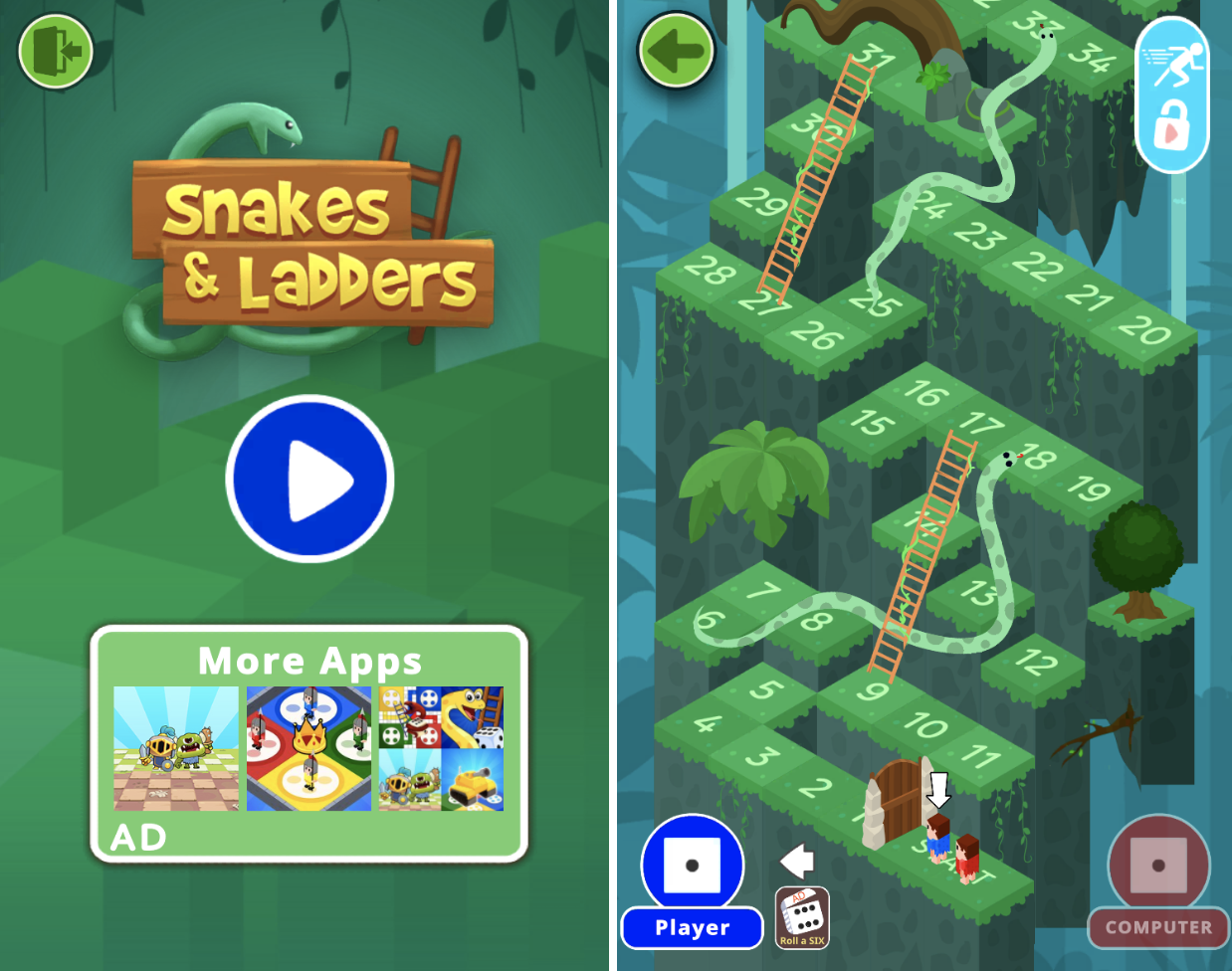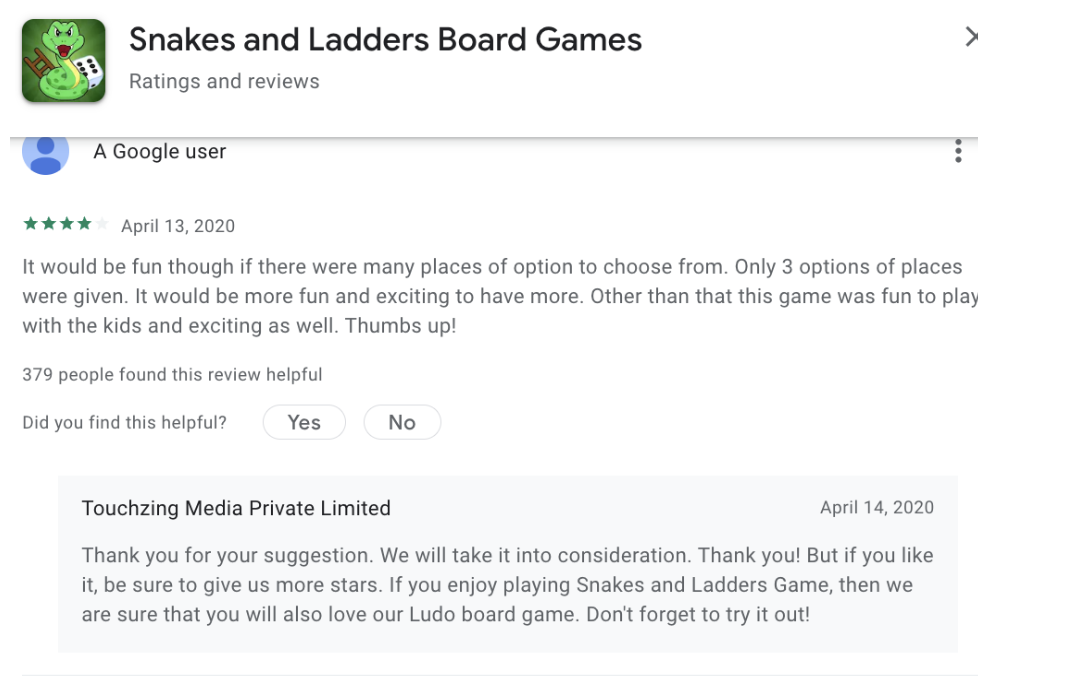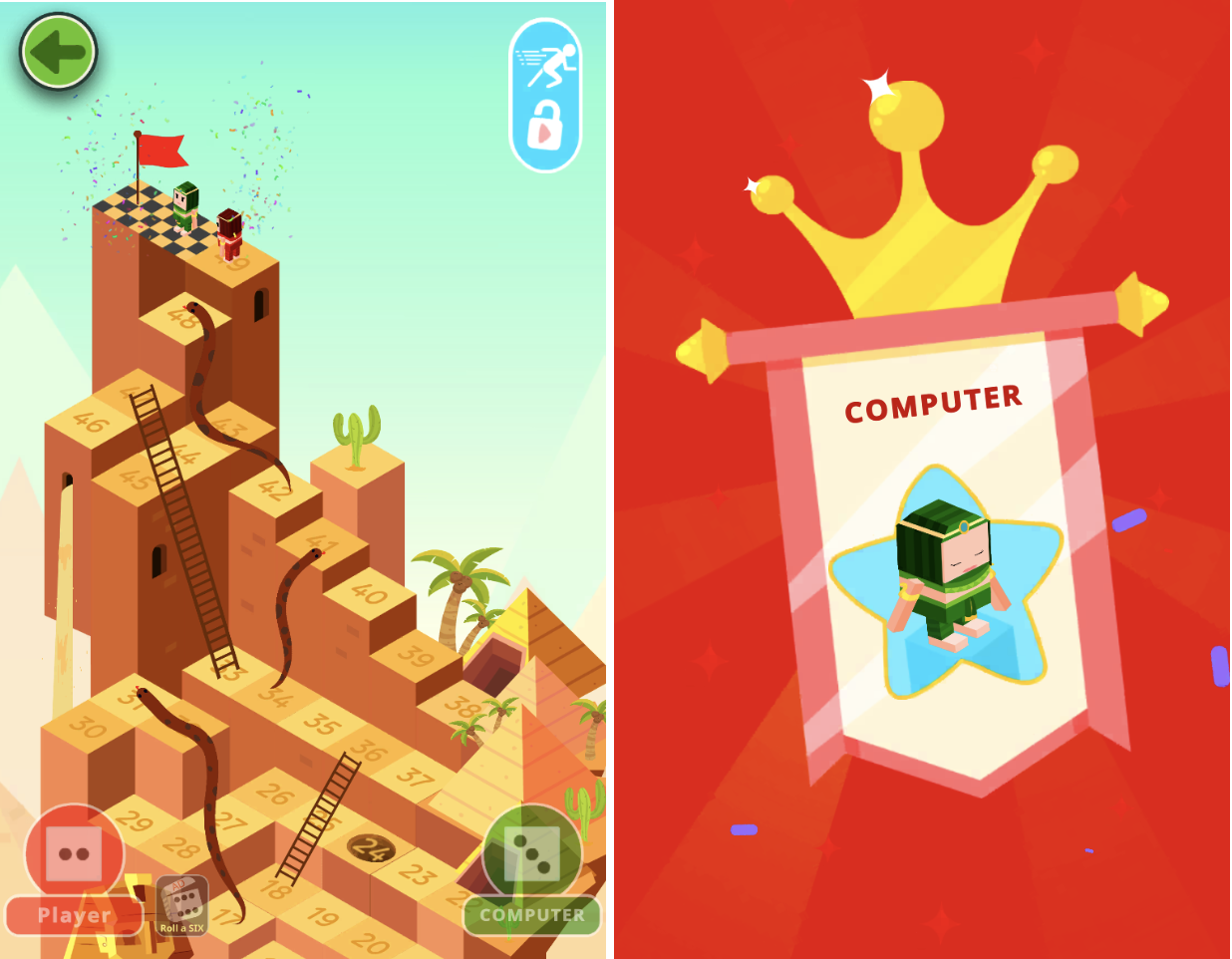


Welcome to Pixalate’s CTV & Mobile App Manual Reviews According to COPPA, a series containing the detailed factors the Trust & Safety Advisory Board educators used to assess an app’s child-directedness.
The educators manually review thousands of mobile apps available in the Google Play & Apple App Stores as well as connected TV (CTV) apps from the Roku Channel Store and Amazon Fire TV App Store using the COPPA Rule factors shown below & make those results available to the public at ratings.pixalate.com.
This post takes a look at a popular Mobile App from the Google Play and Apple App Stores. Our reviewer discusses how the subjective factors set forth in the COPPA Rule apply to the app and factor into the reviewer's determination as to whether the app is child-directed or general audience (i.e., it is not targeting children).
The teacher will indicate the factors they relied upon in their assessment using the 10 factors shown below that reflect the 10 child-directed factors in the COPPA Rule.

This app allows users to play a digital version of the classic board game Chutes and Ladders (or Snakes and Ladders for those outside the United States). The developers have created a three-dimensional game board, complete with ladders and snakes to either help players get ahead or force them to fall behind in the race to the top.
While American children might be more familiar with the Chutes and Ladders counterpart, Chutes and Ladders was actually based upon Snakes and Ladders. The largest difference between these two is that Chutes and Ladders use slides to move players back on the board, while Snakes and Ladders use snakes. This app version of Snakes and Ladders also uses many other items in addition to snakes, such as waterslides and wild animals, to move players backward.
Players can choose to play against a computer or pass the device to play with multiple people in the same room. The digital game boards can be adjusted to increase or decrease the number of snakes or spaces on the board. This gives the player the ability to adjust the difficulty of the game for the age of the players.
The visual content is very child friendly with simple graphics evoking a jungle feel. The avatars are Minecraft-like, blocky characters that can be customized with different clothing. “Jungle Safari'' is the default game board, but other worlds can also be played, such as “Snow World, Egyptian Party, and Valley Adventure.”
There is very little written or verbal language within this app. Most of the instructions are animated, such as a little hand pointing to a die when it is time to roll. The lack of language makes it very easy for young children to figure out how to play the game and encourages independent play, allowing parents to focus their attention on other tasks.
and
In addition to the animations that provide nonverbal instructions, there are numerous other animations throughout the gameplay. Upon starting a game an animated clip is shown of the avatar running from a snake.
In addition to the animations that provide nonverbal instructions, there are numerous other animations throughout the gameplay. The palm trees sway in the breeze and waterfalls show continuously moving water. After rolling the dice the characters are moved to the corresponding number of spaces. If they happen to land at the foot of a ladder, the animation shows them climbing up the ladder. If the player lands by the head of a snake, the animation shows the snake opening up its mouth and swallowing the avatar. The player can then watch the bump of the avatar inside the snake travel down the length of the snake’s body before popping back out at the space the snake’s tail is occupying. Similar animations can be seen with waterslides and other obstacles that move a player backward. Once the game has finished, the winner’s avatar is displayed on a banner jumping up and down in celebration. Confetti, fireworks, and stars swirl around on the screen in celebration.
The animations all have accompanying sounds. The avatars make shrieking noises when getting eaten by snakes and the accompanying snakes make a swallowing sound. The avatar for the player that wins shouts out “wohoo” while fireworks pop in the background. Upbeat, Caribbean-style music plays in the background whenever the app is opened.
The home screen contains an ad showing a handful of other apps by the same developer. There is an ever-present banner ad along the bottom of the screen for a variety of general audience products such as other apps, home remodeling services, and career education. Video ads are also played throughout the game and are for the same general audience products as the banner ads. Additional video advertisements can be viewed to automatically roll a 6 in the game.
and
The app description makes it clear that the developers intended this app to be used by families, including children. The description indicates Snakes and Ladders “is a perfect family game. Adults and everyone else can have hours of fun playing this dice board game… FOR ALL AGES: This game is so easy to play, anyone can enjoy it. Adults can play together with anyone in the family. Snake and ladder game is your ideal family pass time!”
This intention of being child-directed is also reflected in the app reviews, with numerous reviews indicating that entire families are playing together or children are playing alone.
Privacy
The privacy policy, which was last updated on May 30, 2018, is generic to the developer and not app specific. It does indicate that the developers “do not knowingly collect or solicit personal data about or direct or target interest based advertising to anyone under the age of 13 or knowingly allow such persons to use our Services.” However, this is contradicted by the child-directed nature of this app. There is no age gate employed to determine the age of a user, indicating that the developers are treating all data as if it were coming from adult users. They do provide contact information for parents to use if they become aware of their child using the app, but simply advise that they will “rectify the situation” without specifying what specific actions will be taken.




Pixalate’s Trust and Safety Advisory Board was created to bring in individuals with experience using child-directed apps in the classroom to review and assess which apps are child-directed. This manual review process serves to quality check Pixalate’s automated review process. See our full methodology for more information.
Disclaimer
This blog post published by Pixalate is available for informational purposes only and is not considered legal advice. By viewing this blog post, the reader understands and agrees that there is no attorney-client relationship between the reader and the blog publisher. The blog should not be used as a substitute for legal advice from a licensed professional attorney in the applicable jurisdiction(s), and readers are urged to consult their own legal counsel on any specific legal questions concerning any specific situation. The content of this blog post reflects Pixalate's opinions with respect to factors that Pixalate believes may be useful to the digital media industry. Pixalate's opinions are just that, opinions, which means that they are neither facts nor guarantees; and this blog post is not intended to impugn the standing or reputation of any entity, person or app, but instead, to report findings pertaining to mobile and Connected TV (CTV) apps.
*By entering your email address and clicking Subscribe, you are agreeing to our Terms of Use and Privacy Policy.
These Stories on Mobile
*By entering your email address and clicking Subscribe, you are agreeing to our Terms of Use and Privacy Policy.

Disclaimer: The content of this page reflects Pixalate’s opinions with respect to the factors that Pixalate believes can be useful to the digital media industry. Any proprietary data shared is grounded in Pixalate’s proprietary technology and analytics, which Pixalate is continuously evaluating and updating. Any references to outside sources should not be construed as endorsements. Pixalate’s opinions are just that - opinion, not facts or guarantees.
Per the MRC, “'Fraud' is not intended to represent fraud as defined in various laws, statutes and ordinances or as conventionally used in U.S. Court or other legal proceedings, but rather a custom definition strictly for advertising measurement purposes. Also per the MRC, “‘Invalid Traffic’ is defined generally as traffic that does not meet certain ad serving quality or completeness criteria, or otherwise does not represent legitimate ad traffic that should be included in measurement counts. Among the reasons why ad traffic may be deemed invalid is it is a result of non-human traffic (spiders, bots, etc.), or activity designed to produce fraudulent traffic.”



